Why Putin has the best home tech kit for lockdown comms, and how to get your own

Back in 2003, I became enchanted by Second Life, an ‘online virtual world’ whose users concealed their human temporal forms, instead creating personalised digital avatars as an expression of their perfected ‘better selves’.
Schlubby unshaven computer nerds were thus transmogrified into gorgeous athletic sprites, flying God-like through the virtual digisphere. Among Second Life’s million denizens, there was a plethora of Brad Pitt lookalikes and a suspiciously high quotient of gorgeous, Amazonian females – especially given the typically male computer gaming demographic.
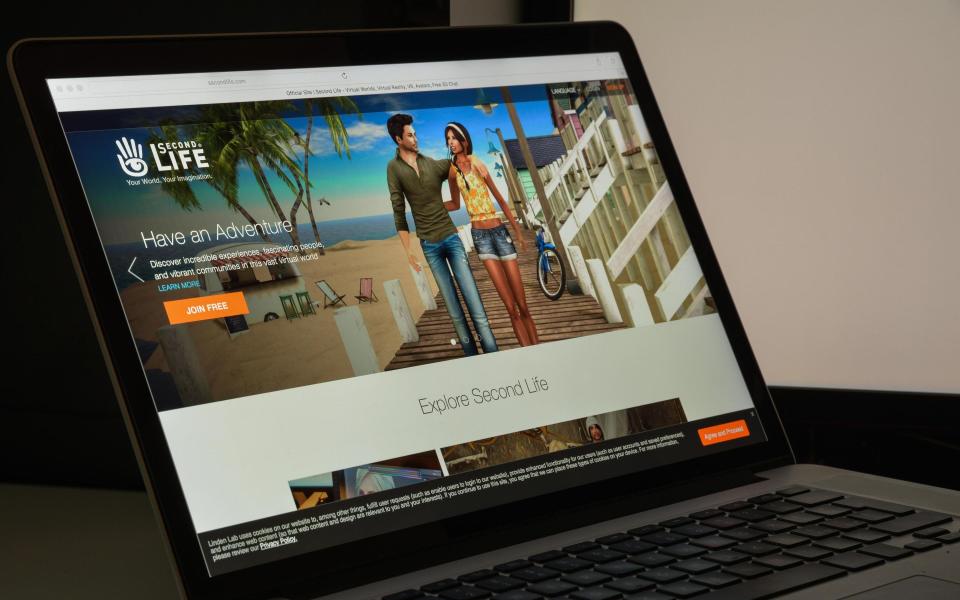
But reflecting reality was never the aim: the point was anonymous interaction, and trading to earn an online digital currency, Linden Dollars, which seemed perennially at risk of rapid debasement.
I loved Second Life but made a fatal error: while others choose their upgraded digital bodies to appear somewhere between Arnold Schwarzenegger and Michelangelo’s David, I risked verisimilitude (balding, overweight, imperfect posture).
Unsurprisingly, I found myself no more popular in my Second Life than my first. After friends derided me as a tragic loner who was spending hours a day hunched over a laptop in his spare bedroom, the spell was broken.
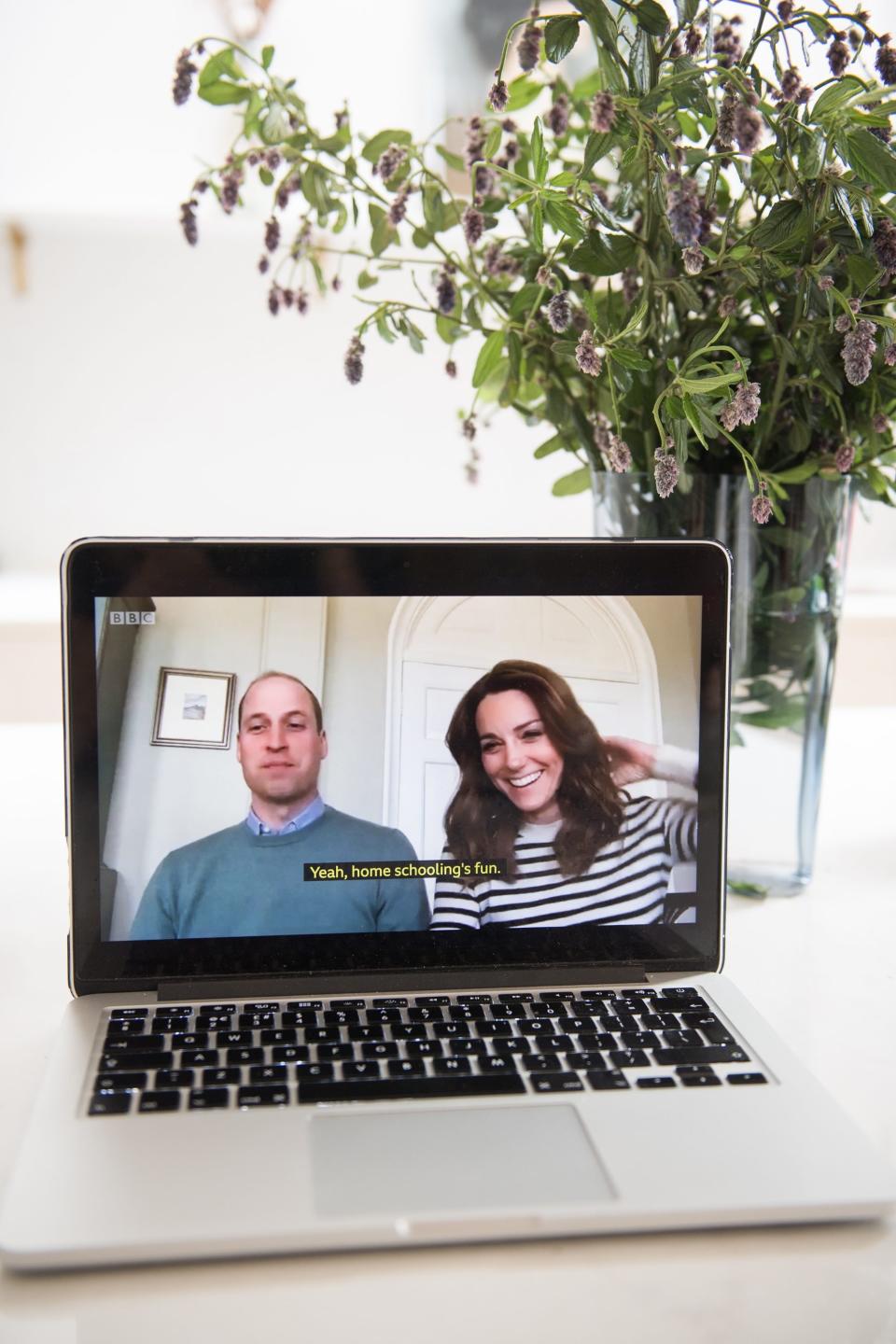
But seventeen years on, how wrong were my friends? In Covid-19 Life, we are all avatars now - welded to our laptops each day in the purgatory of our spare bedrooms, appearing on endless Zoom calls and earning digital pounds Sterling, never unhygienic cash (but wishing it was Gold instead, given recent performance).
In Covid-19 Life, only my closest family experiences my physical form – and even then, mainly at mealtimes. As for my physical exterior cladding: my last custom-made suit is languishing at my tailor’s until the authorities permit a final fitting.
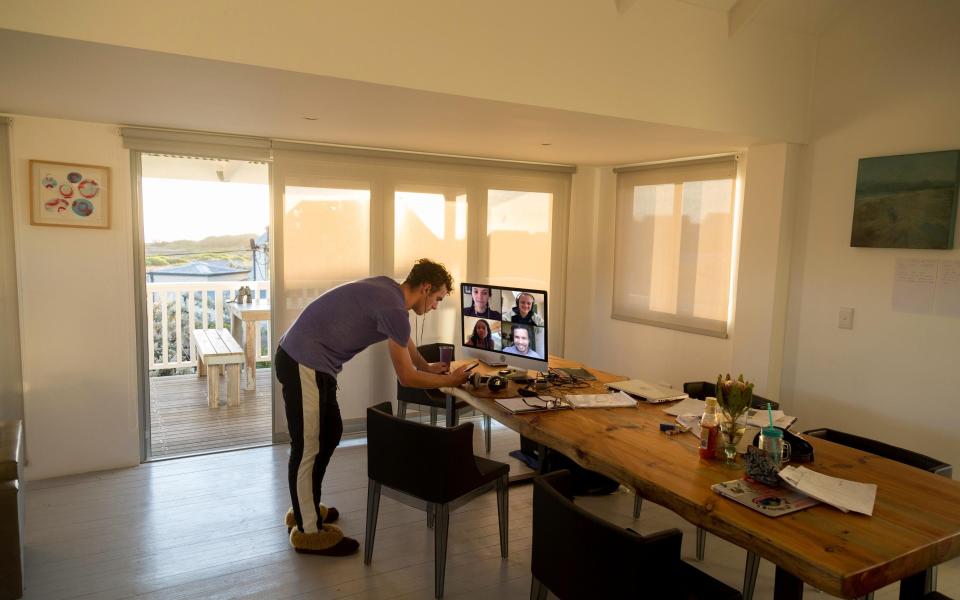
But - just as in Second Life - some Covid-19 Lifers are doing a far better job of self-representation than others. Compare poor Boris Johnson, for example, nearly supine in his position relative to a Zoom Cabinet parading on a screen far above his head height, with the commanding executive setups of Donald Trump and Vladimir Putin.
It’s the Russian leader who has the optimal office: a large screen in front of him for Zoom calls, a second screen to his side to work from, and not one but two video cameras (I presume this is so he can choose between broadcasting a wide or close-up shot).

The world’s clued-up leaders appreciate that, since most of the status symbols of the previous era are in the Covid-19 deep freeze, new ones are required. And a luxurious audio-visual setup is just the ticket: it’s expensive, while also redolent of superior utility and quality (the standard defence for buying a Rolls-Royce instead of Nissan Micra).
Fortunately, there is much room for quality improvement on digital video calls, since low-quality digital sound is proven to be fatiguing – it “loosens the fillings in your teeth”, according to Donald Fagen of Steely Dan fame. Low quality video, filmed through a tiny plastic lens on your laptop, is little better. Audio recorded through a cheap microphone sounds shrill and flat. No wonder we all find video calls so tiring.

Sadly, most laptop designers never imagined video calling would be among the most important uses we make of our computers. Almost all the cost of a laptop is in its processors, motherboard, storage and screen, while all the prerequisites of Zoom life – webcam, microphone, and the Digital-to-Analogue converter which turns digits into audio waves – are typically bargain-basement components, worth a couple of dollars at most.
Fortunately, all this can be rectified without the budget of a Head of State. A decent condenser microphone will make you sound mellifluous and persuasive on calls (add a pop filter to control sibilance and pesky plosives, and you will look like a professional broadcaster, too).
Attach a decent-quality external webcam with a glass lens to the second screen you exhibit your Zoom callers on. And switch off the tinny internal speakers of your laptop – instead, buy a decent external DAC, and attach your laptop to your home stereo. Altogether, you will enjoy a highly upgraded and far less draining video-call experience. Here’s how to do it.
External HD Webcams
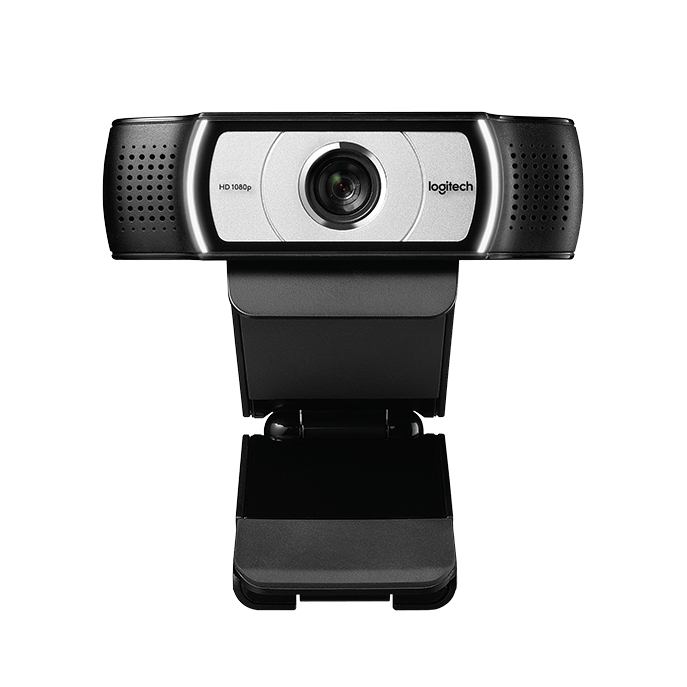
The Logitech C930E (£119.99) has a 90 degree field of view, a digital zoom for your close-up, and streams in 1080p.
The C930E’s cheaper sibling the Logitech C920S, at £84.99, is suitable for placement on laptops or desktop screens, and does a similar job without the zoom function.
The Razer Kiyo (£109.99) shines an adjustable light to iron out your wrinkles. Stage make-up optional.
Condenser Microphones
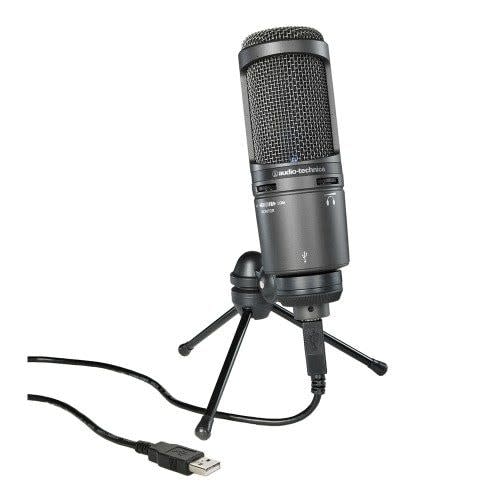
The Audio-Technica AT2020USB+ at £135, has excellent sound quality and solid Japanese design.
The Blue Yeti X (£159.99) has fine performance and a knob for voice level adjustment in the body of the mic.
The Røde NT-USB (£149) is a fine mic with a pop filter included.
Digital-to-Audio Converters
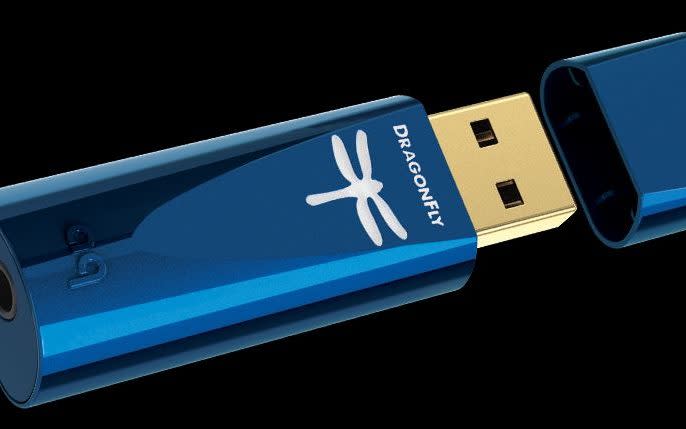
The AudioQuest DragonFly Cobalt, £215, is an excellent hi-fi quality DAC – good for streaming music too. Its less expensive sibling the Dragonfly Red merits consideration, too.
The Cyrus Soundkey (£79) is a fine budget option.
Sign up for the Telegraph Luxury newsletter for your weekly dose of exquisite taste and expert opinion.

